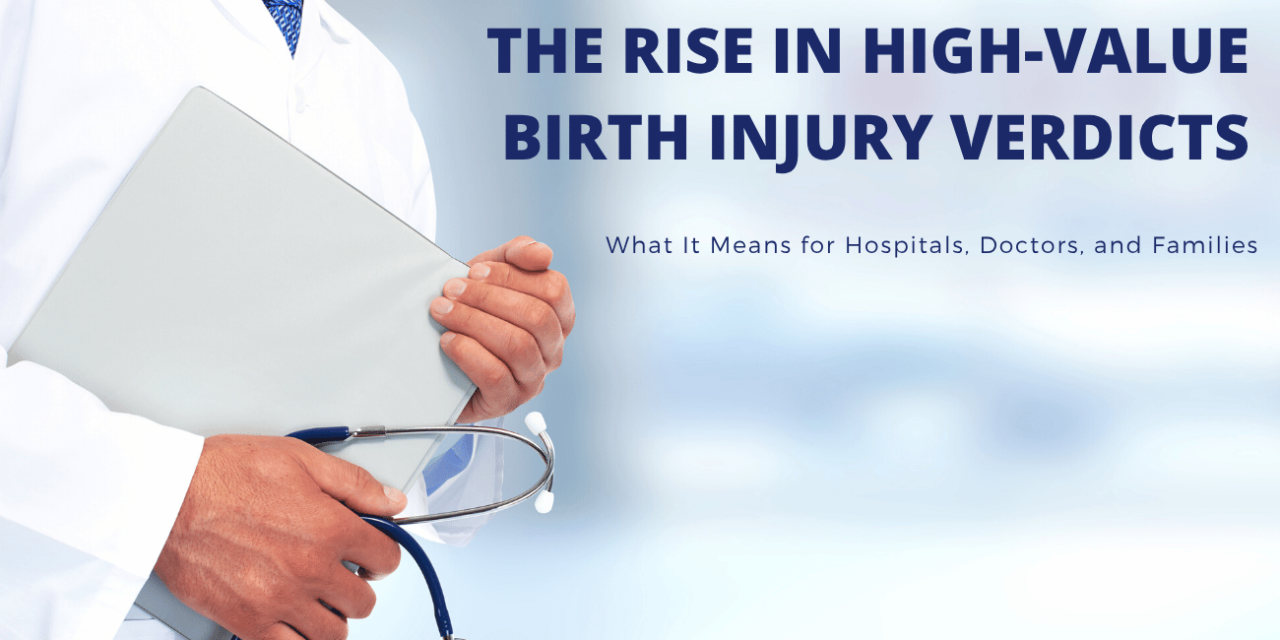In recent years, courts across the U.S. have handed down record-breaking birth injury verdicts—some exceeding $20 or even $30 million. For families, these numbers may offer hope that justice is possible. For hospitals and healthcare providers, they send a clear message: failure to follow standard care protocols during labor and delivery can come with enormous legal and financial consequences.
So, what’s behind the rise in high-value birth injury verdicts? And how is it reshaping the landscape of medical malpractice accountability?
A Surge in Seven- and Eight-Figure Birth Injury Cases
Recent headline-making cases include:
-
$29 million in Wisconsin to a family whose child suffered cerebral palsy due to midwife negligence
-
$18 million in Chicago for a newborn who sustained lifelong injuries during delivery
-
$14.5 million in Ohio linked to improper use of labor-inducing drugs that led to brain damage
-
$6 million in Pennsylvania awarded to a family after delayed emergency intervention resulted in oxygen deprivation
These aren’t isolated incidents—they represent a growing trend of juries recognizing the lifelong cost of birth injuries like cerebral palsy, brachial plexus injuries, hypoxic-ischemic encephalopathy (HIE), and others.
Why Are the Verdicts Increasing?
1. Rising Medical Costs
Modern juries understand how costly lifelong care for a child with a birth injury can be. These verdicts account for:
-
Around-the-clock care
-
Future surgeries or therapies
-
Lost income of caregivers
-
Special education and housing needs
2. Improved Trial Strategies
Plaintiffs’ attorneys are now using:
-
Detailed life care plans that outline decades of expenses
-
Expert witnesses in OB/GYN, neonatology, and rehabilitation
-
Emotional storytelling backed by video and family testimony
This helps jurors fully grasp the impact of the injury on the child and the family’s life.
3. Stronger Digital Evidence
Electronic fetal monitoring records, nurse charting systems, and digital logs now make it easier to prove deviations from the standard of care.
What These Verdicts Mean for Hospitals and Providers
Hospitals are facing greater pressure to:
-
Follow protocols to the letter (e.g., fetal distress responses, C-section timing)
-
Properly train OB teams, including nurses and midwives
-
Document thoroughly, knowing records may be dissected years later in court
These verdicts have led many hospitals to update their risk management policies and invest more in simulation training and rapid-response delivery procedures.
What It Means for Families
For families navigating a birth injury:
-
A large verdict or settlement can secure a child’s future care
-
It can also expose systemic failures and prevent harm to other families
-
In some cases, hospitals change internal procedures after litigation—meaning your case could help save lives
But none of this happens without taking legal action. Many hospitals and insurers will not offer fair compensation unless they believe a lawsuit could result in a larger verdict.
Why Legal Representation Matters
If your child has suffered a birth injury, hiring an experienced attorney is critical. A qualified legal team can:
-
Determine if the standard of care was violated
-
Build a case with trusted medical experts
-
Push for the maximum possible compensation, whether via settlement or trial
The sooner you act, the better the chance of preserving key evidence and protecting your legal rights.
Final Thoughts
The rise in high-value birth injury verdicts is more than just headlines—it’s a sign that courts are finally beginning to grasp the true impact these injuries have on families. For parents seeking answers, these cases prove that accountability is possible—and that justice can come with the power to change lives, both inside and outside the courtroom.





